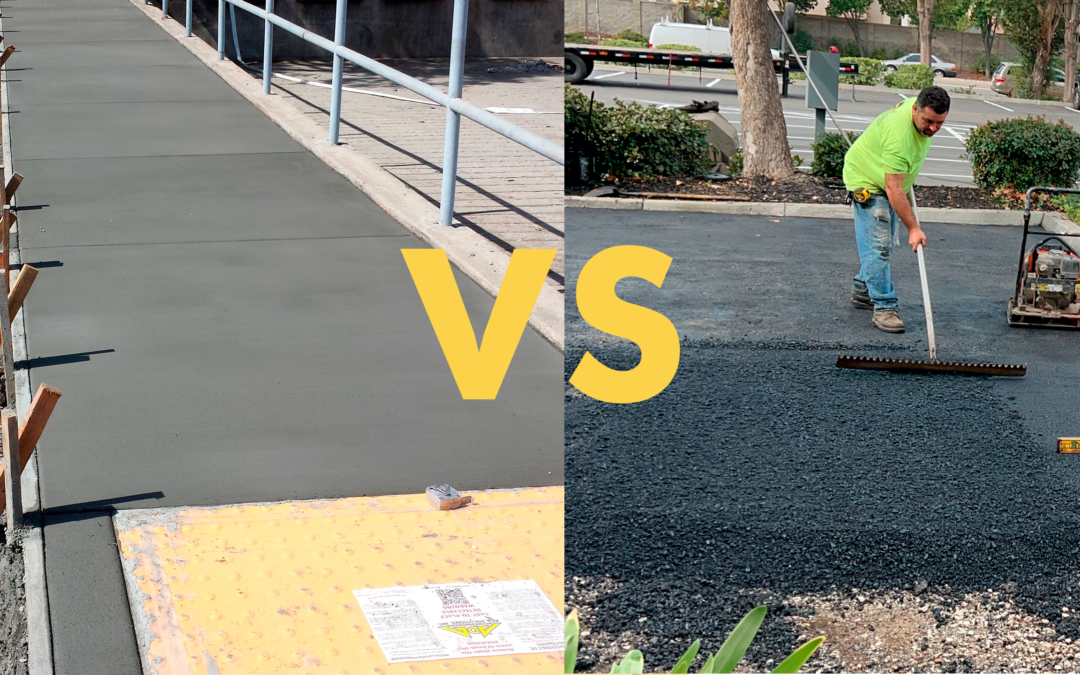In the realm of construction and infrastructure, few debates are as enduring as the one between paving and concrete. Each method has its proponents and detractors, with arguments centered around cost, durability, and environmental impact. But which is truly better? Join us as we delve into the heart of this debate and attempt to unravel the complexities of paving versus concrete.
The Case for Paving
Paving, typically using materials such as asphalt or gravel, has long been a popular choice for roads, driveways, and parking lots. Proponents argue that paving offers several advantages over concrete, including:
- Lower Initial Cost: One of the most compelling arguments in favor of paving is its lower initial cost compared to concrete. Paving materials tend to be more affordable upfront, making them an attractive option for budget-conscious projects.
- Flexibility and Repairability: Paving is known for its flexibility, which allows it to withstand minor shifting and settling without cracking. Additionally, paving is relatively easy to repair compared to concrete, with patches and resurfacing options readily available.
- Quick Installation: Paving projects can often be completed more quickly than concrete projects, thanks to simpler installation processes and shorter curing times. This can be advantageous for minimizing disruption to traffic and business operations.
The Case for Concrete
Concrete, made from a mixture of cement, water, and aggregates, boasts its own set of advantages that make it a preferred choice for many construction projects. Here are some of the arguments in favor of concrete:
- Durability and Longevity: Concrete is renowned for its durability and longevity, with properly constructed concrete structures capable of lasting for decades or even centuries. This makes concrete an appealing option for projects where longevity is a priority.
- Strength and Load-Bearing Capacity: Concrete offers superior strength and load-bearing capacity compared to paving, making it suitable for heavy traffic areas such as highways, bridges, and industrial facilities. Its rigid nature also helps prevent deformation and rutting over time.
- Low Maintenance: While concrete may have a higher initial cost compared to paving, proponents argue that its lower long-term maintenance requirements offset this expense. Properly maintained concrete surfaces can remain functional and aesthetically pleasing with minimal upkeep.
The Verdict
So, which is better: paving or concrete? The answer, as is often the case, depends on the specific needs and priorities of the project. For cost-conscious endeavors with lighter traffic loads and shorter lifespans, paving may offer a more economical solution. However, for projects where durability, longevity, and strength are paramount, concrete emerges as the clear winner.
Ultimately, the key lies in striking a balance between upfront costs and long-term benefits. By carefully weighing the pros and cons of paving versus concrete and considering factors such as traffic volume, climate conditions, and maintenance requirements, project stakeholders can make informed decisions that best serve their objectives.
In the end, whether you pave or concrete, what matters most is ensuring that the chosen material meets the needs of the project while delivering value, durability, and sustainability for years to come.

